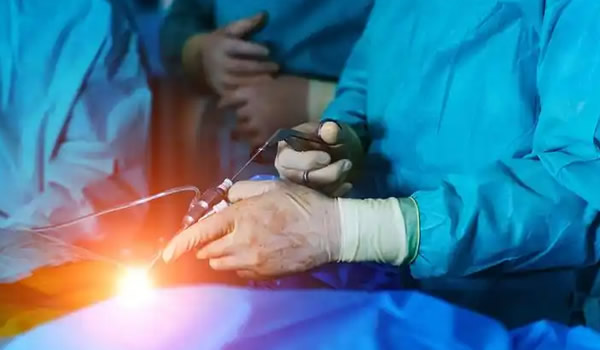Liver cancer, primarily hepatocellular carcinoma (HCC), is one of the deadliest cancers in Asia, where hepatitis B, hepatitis C, and fatty liver disease are highly prevalent. This article explores treatment strategies for liver cancer in Asia, including surgery, transplantation, transarterial chemoembolization (TACE), systemic drugs, and emerging immunotherapies.

Liver Cancer in Asia: Epidemiology
- Global statistics: Liver cancer causes over 830,000 deaths annually, ranking among the top 5 cancer killers.
- Asia’s burden: China alone accounts for over 50% of global liver cancer cases. High prevalence in Vietnam, Thailand, South Korea, and Mongolia. Linked strongly to hepatitis B virus (HBV) and hepatitis C virus (HCV) infections.
- Rising risk factors: Non-alcoholic fatty liver disease (NAFLD), obesity, diabetes.
Surgical Treatments
Hepatic Resection
- Removal of the tumor-bearing portion of the liver.
- Criteria: Good liver function (Child-Pugh A) and absence of severe portal hypertension.
- Limitations: Many Asian patients present late, making surgery impossible.
Liver Transplantation
- Best option for patients with advanced cirrhosis and unresectable tumors.
- Milan Criteria widely used: single tumor <5 cm, or up to 3 tumors <3 cm each.
- Barriers in Asia: Organ shortage. Cultural reluctance for deceased organ donation. Reliance on living donor transplantation in countries like India and South Korea.
Locoregional Therapies
Transarterial Chemoembolization (TACE)
- Delivers chemotherapy directly into the tumor’s blood supply and blocks circulation.
- Widely used in Asia for intermediate-stage HCC.
- Drug-eluting bead TACE (DEB-TACE): Newer, more controlled method.
Radiofrequency Ablation (RFA) and Microwave Ablation (MWA)
- Minimally invasive procedures for small tumors.
- Increasing use in Japan, South Korea, and Singapore.
Radiotherapy
- Stereotactic body radiotherapy (SBRT) and proton therapy for unresectable cases.
- Japan and South Korea are leaders in advanced radiotherapy.

Systemic Therapies
Targeted Therapy
- Sorafenib: First approved drug for advanced HCC.
- Lenvatinib: Widely adopted in Asia as first-line therapy.
- Regorafenib, cabozantinib: Second-line options.
- High costs remain a challenge in many Asian countries.
Immunotherapy
- Checkpoint inhibitors (nivolumab, pembrolizumab, atezolizumab + bevacizumab): Showing promising results in advanced liver cancer.
- Clinical trials expanding rapidly in China, Japan, and South Korea.
Regional Insights
- China: Largest liver cancer population; major investment in immunotherapy and targeted drugs.
- Japan: Advanced use of ablation, proton therapy, and systemic drugs.
- India: Rising incidence linked to lifestyle-related liver disease; cost-effective TACE programs.
- Vietnam & Mongolia: Among the highest liver cancer rates worldwide; linked to HBV.
- Singapore & South Korea: Early adoption of immunotherapy and advanced diagnostics.
Challenges in Asia
- Late Diagnosis – Many patients detected only at advanced stages.
- HBV and HCV Burden – Viral hepatitis remains a major driver.
- Limited Organ Donation – Cultural barriers limit transplant availability.
- Financial Barriers – High cost of targeted drugs and immunotherapy.
- Healthcare Disparities – Urban centers have access to advanced care, rural regions often lack options.
Future of Liver Cancer Care in Asia
- Universal HBV Vaccination to reduce future incidence.
- AI-powered imaging for early detection and staging.
- Liquid biopsies for monitoring recurrence.
- Expanding immunotherapy access through biosimilars and government programs.
- Strengthening organ donation programs to increase transplant options.

Conclusion
Liver cancer is a serious health crisis in Asia, with high prevalence linked to viral hepatitis and metabolic diseases. Surgery and transplantation remain the curative options, while TACE, targeted therapies, and immunotherapy are transforming outcomes for advanced cases.
The future lies in prevention through HBV vaccination, early detection with AI, and equitable access to cutting-edge drugs and transplantation, which could significantly reduce the burden of liver cancer in Asia.